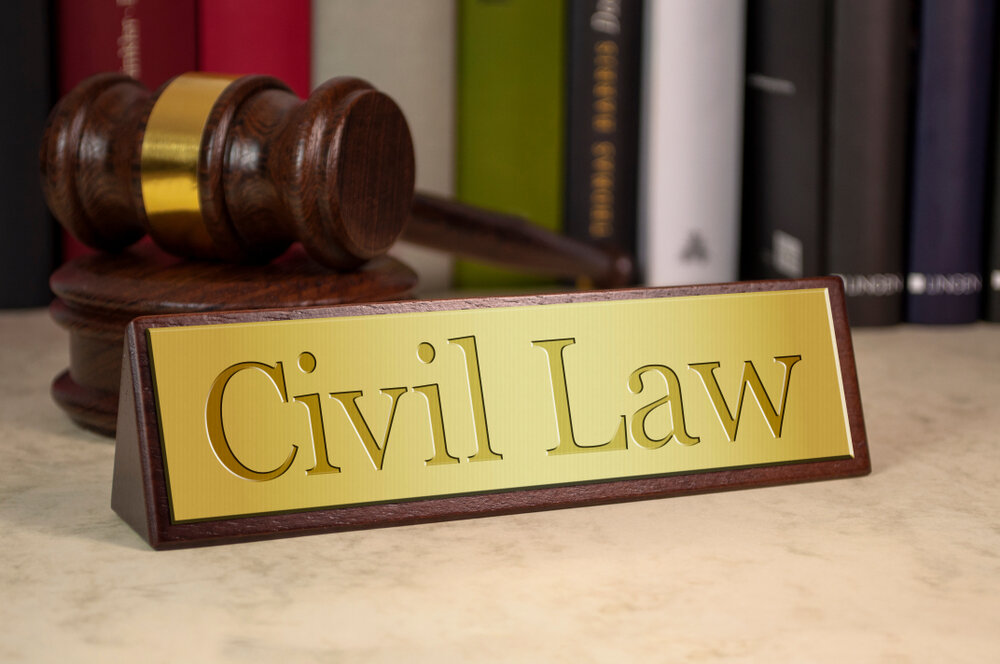American civil law is a vast and intricate system that governs disputes between individuals and entities, ranging from contractual matters to personal injury claims. Delving into its intricacies reveals a tapestry of statutes, precedents, and legal doctrines that shape the landscape of civil litigation in the United States.

Historical Foundations
The roots of American civil law can be traced back to English common law principles brought over by early colonists. Over time, these principles evolved through legislative enactments, judicial decisions, and societal changes, giving rise to a distinct legal framework that reflects the nation’s unique history and values.
Key Components of American Civil Law
Tort Law
Tort law constitutes a significant portion of American civil jurisprudence, encompassing a wide array of civil wrongs that result in harm or injury to individuals or their property. From negligence and defamation to intentional torts such as assault and battery, this branch of law provides remedies for aggrieved parties seeking compensation for their losses.
Contract Law
Contract law governs agreements between parties, establishing the rights and obligations of each party to the contract. Whether it’s a simple sales transaction or a complex commercial lease, the principles of contract law dictate the enforceability of contractual terms and provide recourse for breaches of contract.
Property Law
Property law encompasses the rights and interests individuals hold in real and personal property. From land ownership and easements to intellectual property rights, this area of law regulates the acquisition, use, and transfer of assets, ensuring clarity and stability in property transactions.
Civil Procedure
Navigating the civil justice system requires a nuanced understanding of procedural rules and mechanisms governing the litigation process.
Pleadings
The initiation of a civil lawsuit typically begins with the filing of a complaint by the plaintiff, alleging the defendant’s wrongful conduct and asserting a claim for relief. The defendant then responds with an answer, either admitting or denying the allegations and raising any affirmative defenses or counterclaims.
Discovery
Discovery is a crucial phase of civil litigation wherein parties exchange relevant information and evidence pertaining to the case. Through methods such as depositions, interrogatories, and requests for production of documents, litigants gather facts and build their respective legal arguments in preparation for trial.
Pretrial Motions
Prior to trial, parties may file various pretrial motions seeking to resolve legal issues or narrow the scope of the litigation. These motions may include motions to dismiss for failure to state a claim, motions for summary judgment based on undisputed facts, or motions in limine to exclude certain evidence from trial.
Legal Standards and Burdens of Proof
Central to American civil law are the standards of proof and burdens of persuasion that dictate the level of evidence required to prevail in a civil action.
Preponderance of Evidence
In most civil cases, the standard of proof is a preponderance of the evidence, meaning that the plaintiff must demonstrate that it is more likely than not that the defendant’s actions caused the alleged harm. This standard is lower than the beyond a reasonable doubt standard used in criminal cases.
Clear and Convincing Evidence
In certain civil matters, such as cases involving fraud or termination of parental rights, a higher standard of proof known as clear and convincing evidence may apply. This requires the plaintiff to present evidence that is highly and substantially more probable to be true than not.
Remedies and Damages
A fundamental principle of American civil law is the availability of remedies to compensate aggrieved parties for their losses and provide equitable relief where appropriate.
Compensatory Damages
Compensatory damages aim to reimburse the plaintiff for the actual losses suffered as a result of the defendant’s wrongful conduct. These may include economic damages such as medical expenses and lost wages, as well as non-economic damages for pain and suffering.
Punitive Damages
In cases involving egregious misconduct or willful wrongdoing, punitive damages may be awarded to punish the defendant and deter similar conduct in the future. Courts assess punitive damages based on factors such as the severity of the defendant’s actions and their financial resources.
Emerging Trends and Contemporary Issues
The landscape of American civil law continues to evolve in response to societal changes, technological advancements, and shifting legal paradigms.
Alternative Dispute Resolution
With the proliferation of litigation costs and delays, there has been a growing emphasis on alternative dispute resolution mechanisms such as mediation and arbitration. These methods offer parties a more expedient and cost-effective means of resolving disputes outside of traditional court proceedings.
Cyber Law
The emergence of the digital age has brought forth novel legal challenges related to cybercrimes, data privacy, and intellectual property rights. Cyber law encompasses a diverse array of legal issues pertaining to online transactions, cybersecurity breaches, and the regulation of digital platforms.
Conclusion
In conclusion, American civil law embodies a complex and multifaceted system that governs interactions between individuals and entities in society. From its historical foundations rooted in English common law to contemporary developments in emerging fields such as cyber law, the evolution of civil jurisprudence reflects the ever-changing dynamics of American society. As legal practitioners and stakeholders navigate this intricate landscape, a nuanced understanding of substantive law, procedural rules, and emerging trends remains essential in achieving justice and equity in civil litigation.